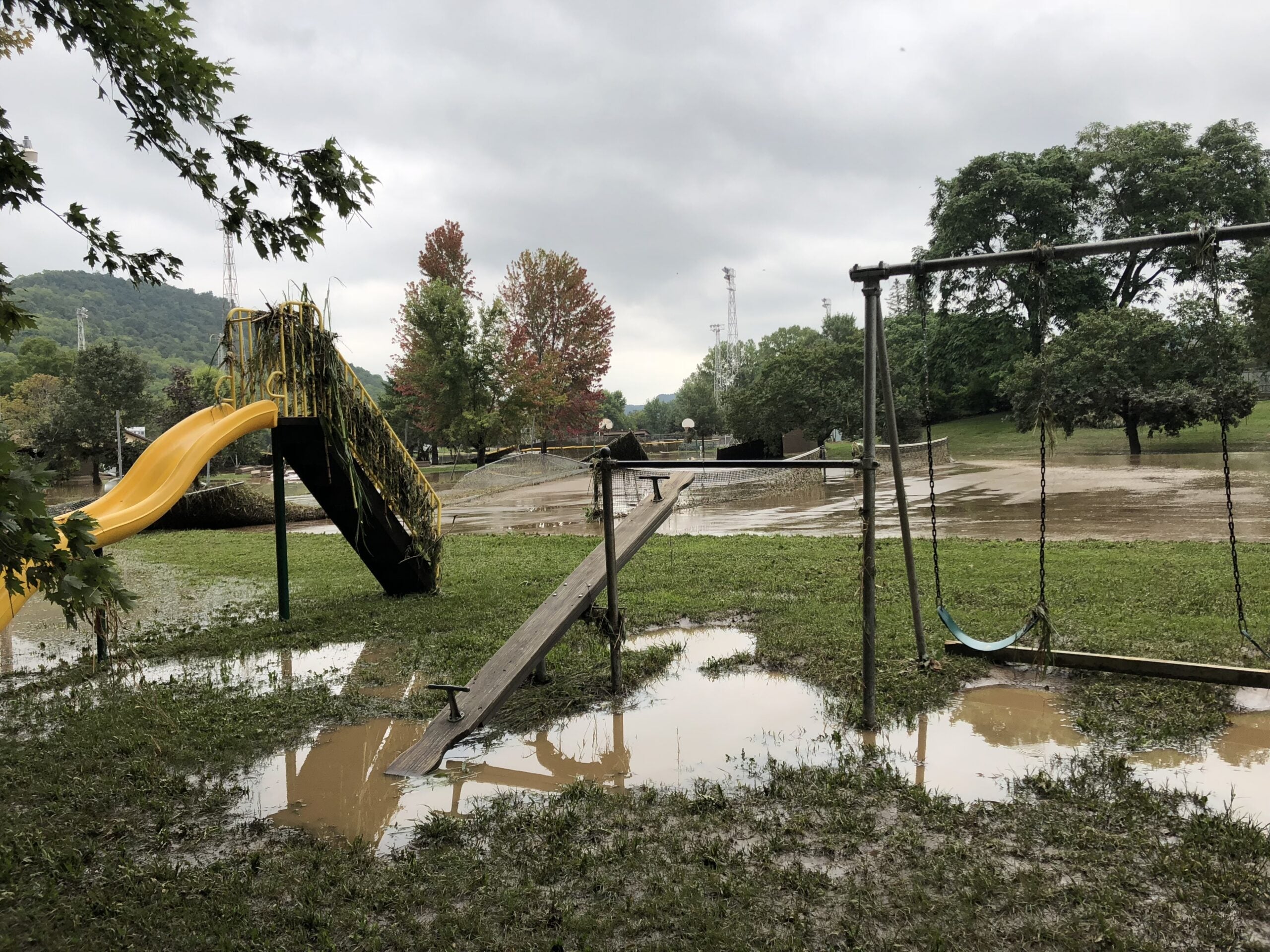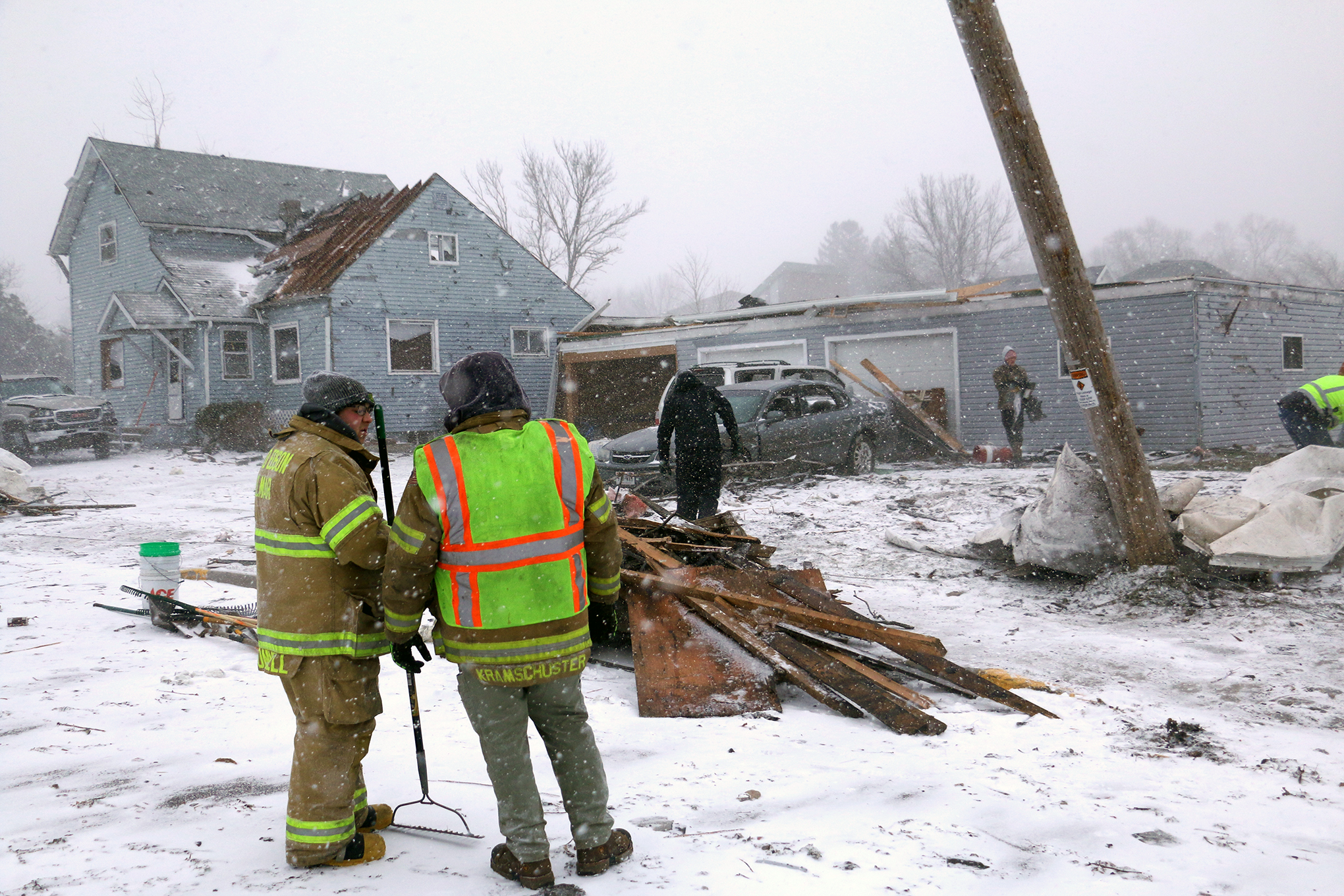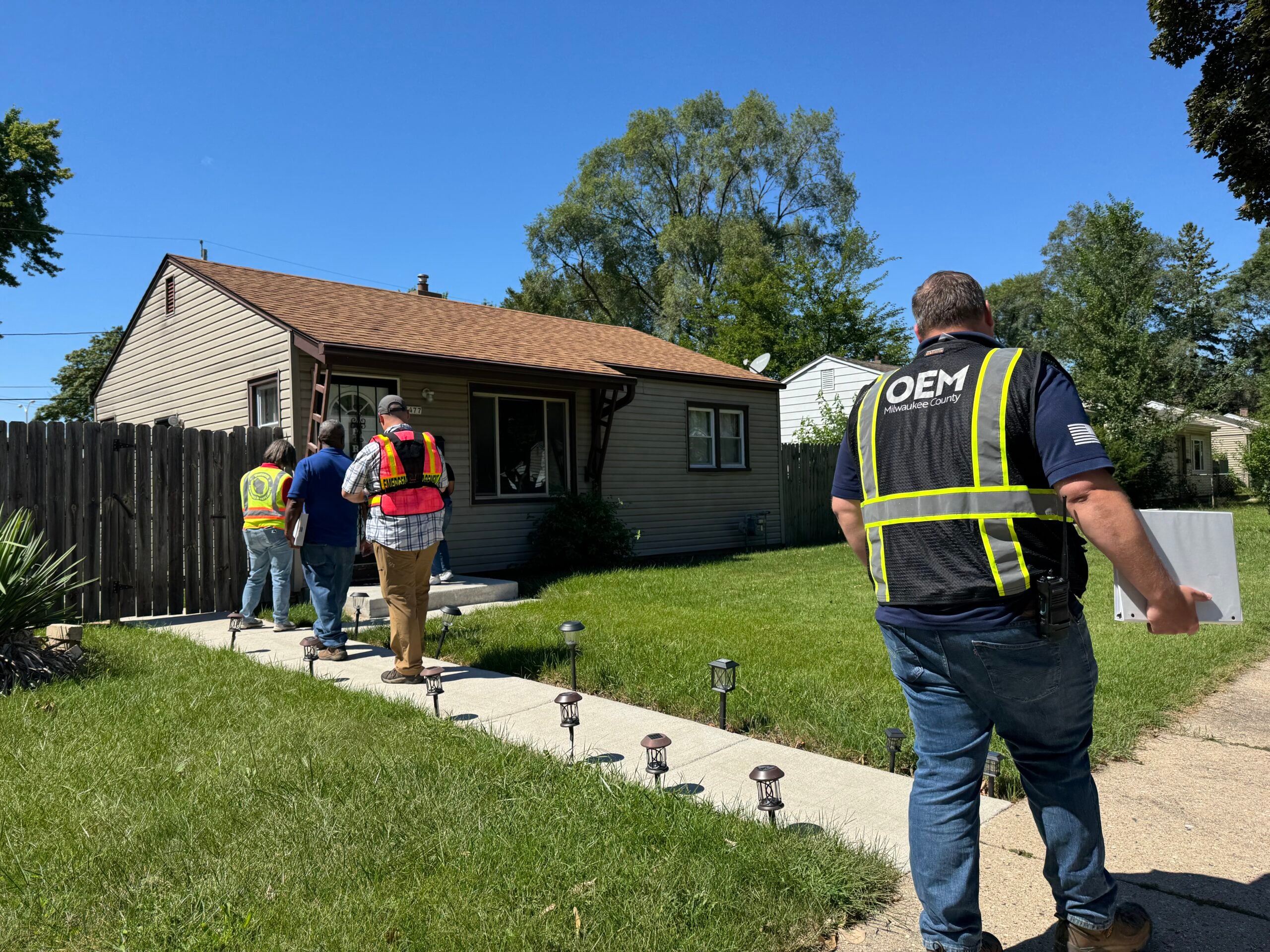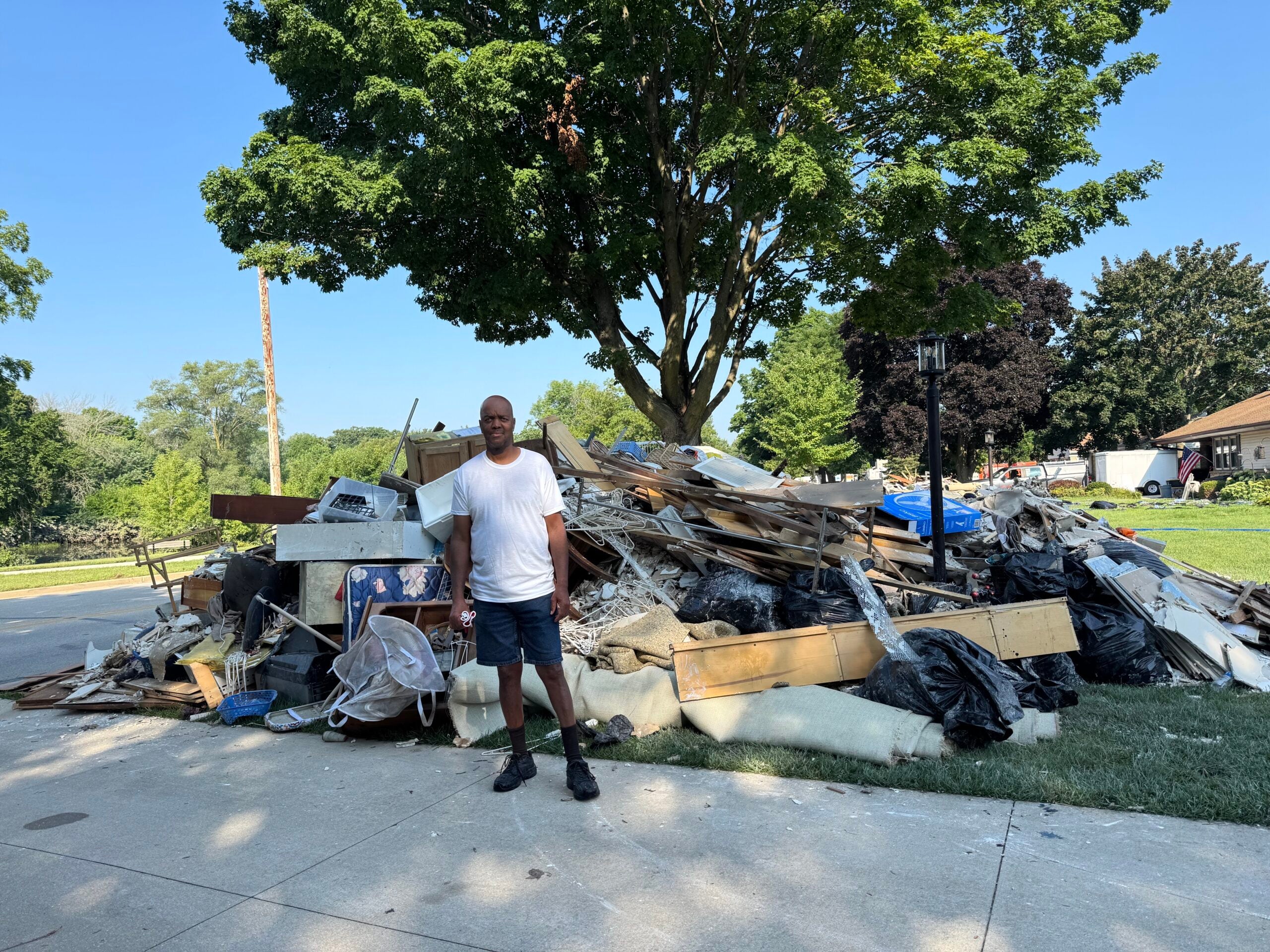Mike Perkins woke up early on a morning in August of 2018 to a sound that he thought was thunder at his home in Coon Valley just east of the Mississippi River.
“I remember thinking that the neighbor lady across the street wouldn’t know what to do if a tree fell on her house,” Perkins recalled. “I looked out the door and, holy cow, there was 2-½ feet of water in the yard.”
Realizing his house would soon be overcome with water, he tossed a few items into a duffle bag. By the time he left his home, the water was up to his chest.
News with a little more humanity
WPR’s “Wisconsin Today” newsletter keeps you connected to the state you love without feeling overwhelmed. No paywall. No agenda. No corporate filter.
“You’re in water, and you just realize how quickly your whole world changes,” Perkins told WPR’s “Wisconsin Today.”
Losing your home from disasters like fires, floods, storms and earthquakes is still relatively rare. But the risk is growing because of climate change.
The U.S. Census Bureau reported that in 2023, 2.5 million people were forced from their homes, at least temporarily, by disasters. The Norwegian Refugee Council estimates that climate change disasters have displaced an average of 25 million people every year around the world since 2008.
“Wisconsin Today” turned to Wisconsinites who lost their homes to hear about what it means to suddenly find yourself without a home, and what it taught them about life and their communities.
Sitting among the destruction
Nick Mortensen was sound asleep in his apartment off of Capitol Square in Madison in June 2011 when a similar catastrophe struck. Firefighters banged on the door of his third-floor apartment to evacuate him from a fire.
At first, he expected it would be just a minor fire and he’d be allowed back in later in the day. He threw his shower curtain over his computer to protect it from smoke damage and grabbed his gym bag. After working out, he returned to his apartment to see his neighbors sitting in a parking lot and watching their building go up in flames. He realized his life was about to change drastically.
He remembers thinking: “I guess this is the end of the first act” of his adult life.
No one was killed in the fire that destroyed Mortensen’s apartment building, but 27 people lost their homes. Eight weeks after the fire, he was allowed to go back inside to see if there was anything he could salvage. He’d looked forward to getting back inside, but once there, the scale of the destruction hit him “like a ton of bricks.”
“It’s a pretty fascinating thing to just sort of sit among the destruction,” he said. “It’s like the weirdest kind of playground you could ever imagine. I was able to save just the computer and what I had in my gym bag and a few things, but nothing substantial.”
Perkins also lost most of his possessions in the flooding in Coon Valley. At the time, he was grateful his disaster wasn’t a fire.
“If something burns, it’s gone,” Perkins said. “There’s no restoration that you can do. There’s no drying it out. It’s just gone. And I remember thinking, trying to put light in it: ‘It could be worse — I could have had a fire.’”
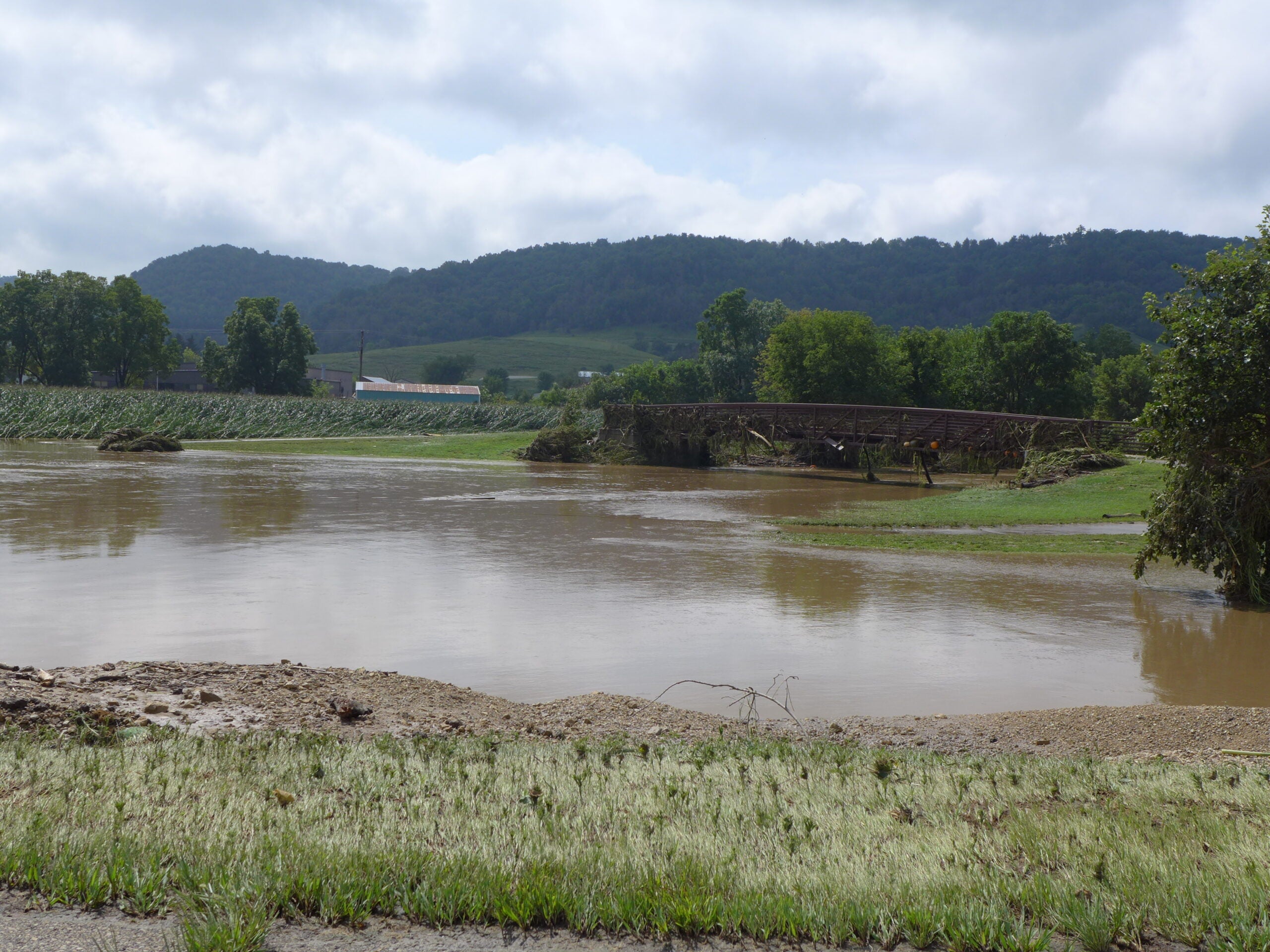
Perkins was able to save most of his clothes — a friend took them to a laundry and spent hundreds of dollars cleaning them. But he lost all of his furniture and electronics. The things that he misses most are artwork his son made as a kid.
“It’s funny how you look at some of the things that you had literally taken for granted for 20-plus years and had maybe even no financial value, and then that turns out to be the thing that you wish you had the most,” Perkins said.
Value of community
Perkins is generally upbeat when he thinks about the flooding in 2018 and all he lost. But he gets emotional when he thinks about the ways people in the community pitched in to help their neighbors after the disaster.
He was in the process of buying the home he was renting at the time. But after the flood destroyed the home, there was nothing to buy, and he started to look for another place to live. Nevertheless, the man who owned the house gave him back his $950 rental deposit. He also remembers being at a restaurant with some other flood victims not long after the flood. Another customer paid for all of their meals.
Years later, those acts of kindness still touch him.
“I like to think of myself as a bad— guy. I lost everything but my clothes in the flood. I’m OK with that,” he said. “But I lose it over a $6 dollar meal. Or a $950 check.”
Similarly, unexpected acts of kindness moved Mortensen. After the apartment fire, a nearby hotel offered residents free lodging for about 10 days. And the day after the fire, a conference room at the hotel was filled with clothing donations from groups at the University of Wisconsin-Madison.
“That was something that I never expected, but boy, it meant a lot in that moment,” said Mortensen, who now lives in Green Bay. “I don’t think I’ve ever been so touched.”
How to prepare for disaster
Kyle Kriegl, the executive director of the Red Cross of Wisconsin’s southwest chapter, said disaster can affect anybody, yet there is a lot people can do to prepare. One of the first steps is knowing what kind of disaster your area is most susceptible to.
For people in Wisconsin — and most of the United States — that’s a home fire, which can strike at any time of the year. The Red Cross responds to about 65,000 disasters in the United States every year, the majority of which are home fires, he said. Wisconsin is also vulnerable to flooding and tornadoes.
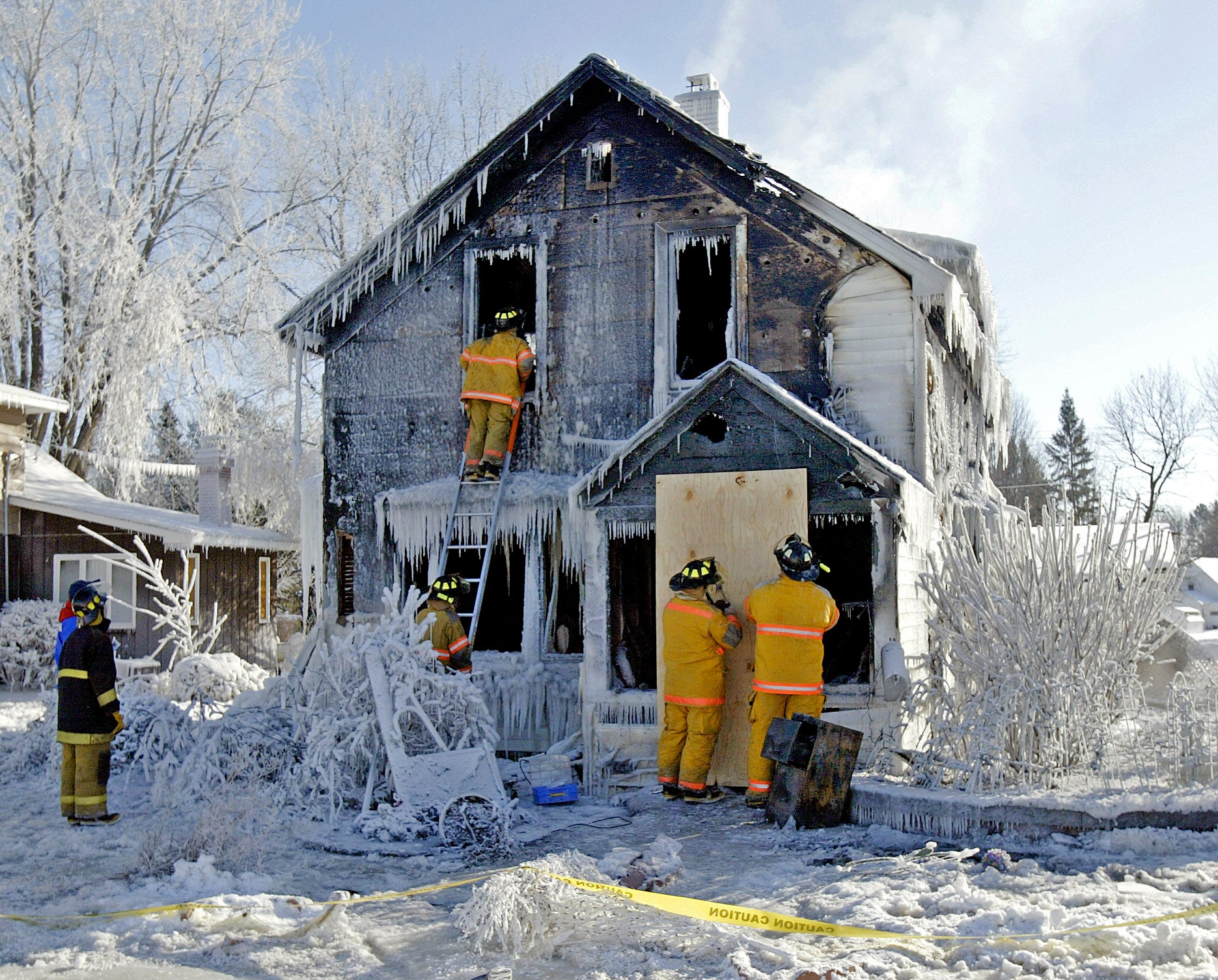
“The next thing you can do is have a household disaster plan that you practice once or twice a year,” Kriegl said. “We always tell folks that in the spring and fall when you change your clocks is a good time to test your fire alarms. That’s also a great time to practice your disaster plan.”
A disaster plan includes knowing how to evacuate your home and designating a meeting place for after an evacuation. It’s also helpful for someone in a household to learn basic CPR and first aid.
The Red Cross recommends every household keep a disaster kit or go-bag, Kriegl said. These should be personalized to your needs, but common things to include are a three-day supply of food and water, medications, flashlight, phone charger, a first aid kit, a weather radio and pet supplies. Keep the go-bag near your door or coat closet.
In often-chilly Wisconsin, warm clothes and blankets are also useful for a go-bag. More recommendations can be found on the Red Cross’ website.
The Red Cross also offers a variety of free apps available in app stores (or by texting “GETEMERGENCY” to 90999) that can help people navigate a disaster. These are customized for where you live and alert you of severe weather and direct you to emergency shelters. The agency also offers apps for basic first aid and pet first aid.
After disasters, the Red Cross helps provide victims with shelter, food and emotional support. For people who want to help, Kriegl said financial donations are the best way.
“That is the easiest way that we can get assistance to people,” Kriegl said.
